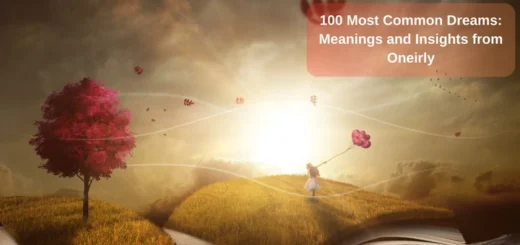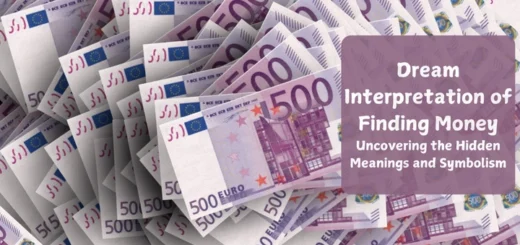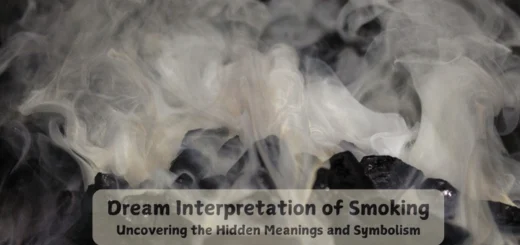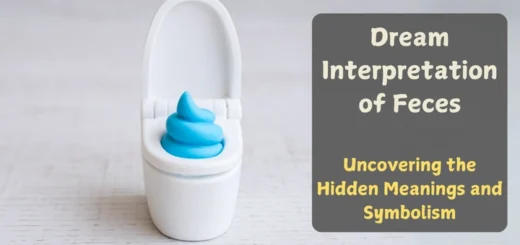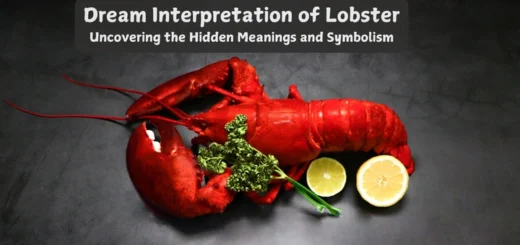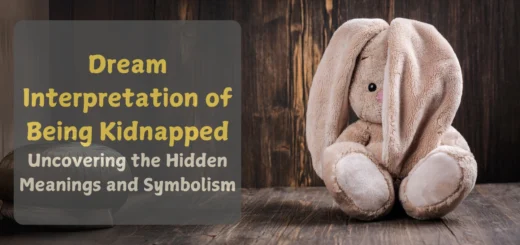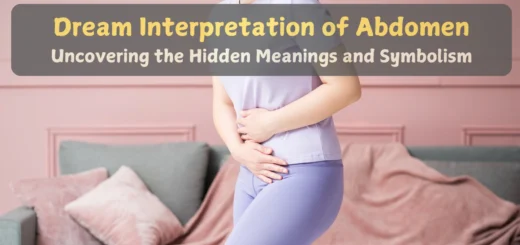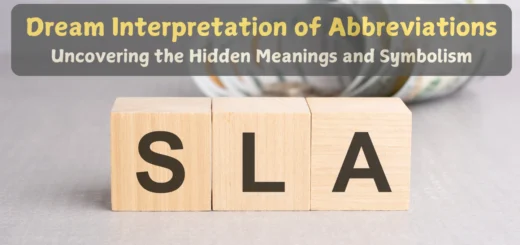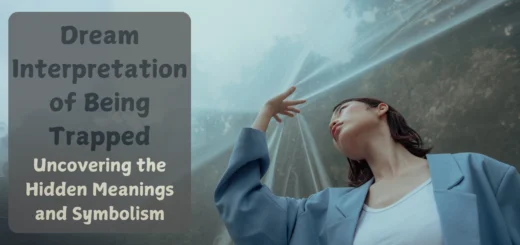Vivid Dreams: What They Are, Causes, and How to Manage Them
Have you ever woken up from a dream so detailed and lifelike that it felt like you were still in it? These are vivid dreams—powerful and emotionally intense experiences that linger long after waking. But what causes vivid dreams, and what do they mean? In this article, we’ll explore the science, symbolism, and practical tips for managing vivid dreams.
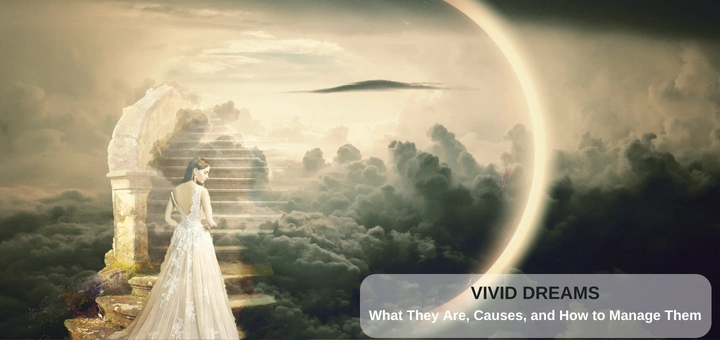
What Are Vivid Dreams?
Vivid dreams are dreams that feel incredibly realistic and detailed. Unlike typical dreams, vivid dreams are often remembered clearly upon waking. They can evoke strong emotions, whether pleasant or unsettling, and may be influenced by external or internal factors.
Key Characteristics of Vivid Dreams
- Intense sensory detail (e.g., colors, sounds, or smells)
- Strong emotional impact
- Clear recall after waking
- Longer duration compared to typical dreams
What Causes Vivid Dreams?
Vivid dreams can be triggered by a variety of factors. Understanding these can help you identify why they occur and how to manage them.
1. Stress and Anxiety
Emotional stress or unresolved anxieties can intensify dreams, leading to vivid or even disturbing dream scenarios. Your brain processes emotions and stressors during sleep, often resulting in detailed dream content.
2. Sleep Disturbances
Interrupted or fragmented sleep can increase the likelihood of vivid dreams. Sleep stages, particularly REM sleep, are disrupted, amplifying dream intensity.
3. Diet and Stimulants
Late-night meals, alcohol, or caffeine can affect brain activity during sleep, leading to vivid dreams. Similarly, certain medications, like antidepressants, may enhance dream recall and intensity.
4. Hormonal Changes
Pregnancy, menstrual cycles, or hormonal imbalances can alter sleep patterns and contribute to vivid dream experiences.
5. Sleep Disorders
Conditions like sleep apnea or narcolepsy are often associated with vivid dreams due to frequent awakenings and disrupted REM cycles.
Vivid Dreams in Different Cultures
Throughout history, vivid dreams have been interpreted in various ways across cultures. Here’s how different societies view these lifelike dreams:
- Native American Traditions: Vivid dreams are often seen as messages from ancestors or spiritual guides, offering wisdom or warnings.
- Chinese Culture: Dreams, especially vivid ones, are linked to energy imbalances in traditional Chinese medicine, reflecting the body’s internal state.
- Western Psychology: Freud and Jung viewed vivid dreams as expressions of suppressed desires or archetypes from the collective unconscious.
How to Induce Positive Vivid Dreams
If you’re looking to experience more positive vivid dreams, here are some methods to try:
- Set an Intention Before Sleep: Reflect on positive thoughts or goals before bed to influence your dream content.
- Visualization: Imagine a peaceful or joyful scenario as you drift off to sleep.
- Aromatherapy: Scents like lavender or chamomile can promote relaxation and improve dream quality.
Lucid Dreams vs. Vivid Dreams: Key Differences
Many people confuse vivid dreams with lucid dreams, but they are distinct experiences. Here’s how they differ:
| Aspect | Vivid Dreams | Lucid Dreams |
|---|---|---|
| Awareness | Unconscious of the dream state | Aware that you are dreaming |
| Control | No control over dream events | Can manipulate dream scenarios |
| Detail | High sensory detail | Varies depending on dream control |
Famous Vivid Dreams in History
Vivid dreams have influenced some of the most iconic moments in history and creativity. Here are a few notable examples:
- Mary Shelley’s Frankenstein: The idea for this literary masterpiece came to Shelley in a vivid dream.
- Paul McCartney’s “Yesterday”: The melody of this iconic song reportedly came to McCartney in a vivid dream.
- Scientific Discoveries: Dmitri Mendeleev, the creator of the periodic table, visualized its structure in a vivid dream.
Can Vivid Dreams Improve Creativity?
Vivid dreams have long been linked to creativity and problem-solving. Here’s how they can inspire your waking life:
- Idea Generation: Dreams often present abstract or unexpected solutions to real-world problems.
- Artistic Expression: Many artists and writers use their dreams as a source of inspiration for their work.
- Emotional Insight: Vivid dreams can help you process emotions and gain a deeper understanding of yourself.
Are Vivid Dreams Good or Bad?
Vivid dreams are not inherently good or bad. Their impact largely depends on the emotions and themes present in the dream:
- Positive Vivid Dreams: These can leave you feeling inspired or uplifted, often reflecting personal aspirations or joyful experiences.
- Negative Vivid Dreams: Nightmares or distressing dreams can disrupt your sleep and leave lingering feelings of anxiety.
Vivid Dreams and Dream Symbolism
For those interested in dream interpretation, vivid dreams offer a rich canvas for uncovering subconscious messages. Common symbols in vivid dreams include:
- Water: Emotional clarity or turmoil
- Flying: A sense of freedom or escape
- Teeth Falling Out: Anxiety about appearance or control
- Being Chased: Avoidance of unresolved issues
How to Reduce Negative Vivid Dreams
If vivid dreams are causing distress, here are some tips to manage them:
1. Practice Relaxation Before Bed
Incorporate activities like meditation, yoga, or deep breathing to calm your mind and reduce stress.
2. Maintain a Dream Journal
Writing down your dreams can help you process emotions and identify recurring themes, making them less intimidating over time.
3. Optimize Your Sleep Environment
Create a peaceful sleeping space with minimal noise and distractions. A comfortable mattress and blackout curtains can make a big difference.
4. Avoid Stimulants Before Sleep
Reduce your intake of caffeine, alcohol, or heavy meals close to bedtime to minimize disruptions to your REM cycle.
Frequently Asked Questions About Vivid Dreams
Q: Are vivid dreams a sign of good health?
A: Vivid dreams are not directly tied to health but may indicate heightened brain activity during sleep. Consistently disrupted sleep, however, may require medical attention.
Q: Can vivid dreams predict the future?
A: While vivid dreams often reflect subconscious thoughts, they are not predictors of future events. Their content is more symbolic than literal.
Q: How long do vivid dreams last?
A: Vivid dreams typically occur during REM sleep, which lasts around 10–30 minutes per cycle. However, their perceived duration may feel much longer.
Conclusion
Vivid dreams offer a unique glimpse into the subconscious mind. Whether they are joyful or unsettling, understanding their causes and symbolism can help you make sense of your dream world. By improving your sleep habits and addressing potential triggers, you can embrace vivid dreams as a fascinating part of your nightly journey.

